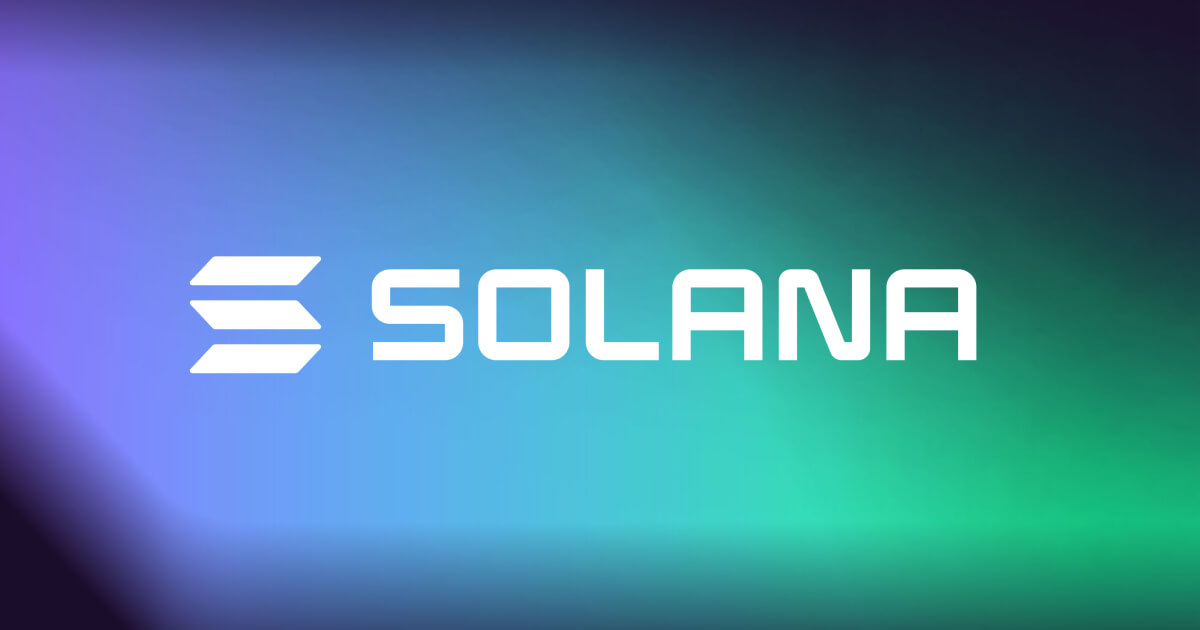
Solana
Solana (SOL) has been one of the most resilient digital assets in the cryptocurrency market, demonstrating remarkable recovery since the FTX collapse in 2022. Now, analysts at Standard Chartered are forecasting a potential fourfold increase in Solana’s price, which could see it soar to $560 by 2025. With a projected market capitalization of $264 billion, this growth prediction hinges on several key factors, including political developments, technological advancements, and adoption rates.
The Political Landscape and Its Impact on Solana
According to Geoff Kendrick, the global head of digital assets research at Standard Chartered, the political environment could be a significant determinant of Solana’s future growth. One of the pivotal events that may influence the trajectory of Solana’s price is the 2024 U.S. presidential election.
Kendrick suggests that a win for former President Donald Trump could create a more favorable regulatory environment for digital assets, including Solana. He highlights that Trump’s administration might be more supportive of the broader digital asset ecosystem than a Harris-led administration. If Trump is re-elected, the possibility of introducing crypto-related investment vehicles, such as a Solana exchange-traded fund (ETF), could gain traction, potentially driving demand for SOL.
Read more:SOL or Bust: What it Will Take for Solana to Reach $190!
In contrast, a win for Vice President Kamala Harris might lead to less favorable conditions for the crypto market. However, Kendrick remains optimistic, predicting that even in a less supportive regulatory environment, Solana could still see its price double by 2025. This suggests that while political dynamics play a role in shaping the future of digital assets like Solana, the token’s growth potential is robust enough to withstand multiple scenarios.
Technological Advancements: The Catalyst for Solana’s Scalability
Beyond politics, technological innovation is crucial to Solana’s ability to achieve the ambitious price target set by Standard Chartered. A key factor driving Solana’s growth potential is its ability to scale its blockchain capacity. Currently, Solana processes around 3,200 transactions per second (TPS), but the introduction of Firedancer—a new validator client developed by Jump Crypto—could dramatically increase this capacity.
Read more:Solana to Soar: Could Trump’s Victory Propel Prices to $560?
Firedancer aims to boost Solana’s throughput to over 600,000 TPS, a monumental leap that would position Solana as one of the fastest blockchains in the industry. Kendrick emphasizes that for Solana to sustain its current price metrics, the network will need to increase throughput by 100 to 400 times. If Solana successfully implements these technological upgrades, it could cement its position as a leading blockchain, with enhanced scalability making it an attractive choice for decentralized applications (dApps) and enterprise solutions.
Technological Risks: Competition and Potential Challenges
While Solana’s future looks promising, it faces significant challenges in achieving these technological milestones. The development and deployment of Firedancer are complex undertakings, and any delays or technical issues could hinder Solana’s progress. Additionally, the blockchain industry is highly competitive, with newer platforms like Sui and Aptos emerging as rivals. These competitors are also focused on improving transaction speeds, making it essential for Solana to stay ahead of the curve.
Solana’s ability to innovate and avoid technical setbacks will be a key factor in maintaining its market position. If the blockchain can overcome these challenges and scale effectively, it will be better positioned to achieve the price targets forecasted by analysts.
The Role of User Adoption in Solana’s Growth
In addition to political and technological factors, user adoption plays a vital role in Solana’s long-term success. For Solana to reach its ambitious price predictions, it must expand its user base across multiple sectors. Standard Chartered notes that strategic partnerships, such as Solana’s collaboration with Visa, could drive broader adoption of the network.
Beyond partnerships, Solana’s influence in decentralized finance (DeFi) and decentralized applications (dApps) is crucial. The growing popularity of decentralized social media platforms and decentralized physical infrastructure networks (DePINs) could further boost user adoption of Solana. As more developers and businesses choose Solana for their projects, the network will need to continue evolving both technically and socially to remain relevant in the fast-paced world of blockchain technology.
Solana vs. Ethereum: A Valuation Discrepancy
One of the intriguing aspects of Standard Chartered’s analysis is the comparison between Solana and Ethereum, the second-largest blockchain by market capitalization. According to the report, Solana’s market value in relation to the fees it generates is significantly higher than Ethereum’s, with a ratio of 250 to 1 compared to Ethereum’s 121 to 1.
Read more:SOL to $350? Why 2024 Could Be a Breakout Year for Solana!
This suggests that Solana is “richly valued” relative to Ethereum, raising questions about whether Solana is overvalued or if Ethereum is undervalued. Investors should consider this discrepancy when evaluating their portfolios, as the market could eventually correct this imbalance. However, as long as speculative behavior continues to drive investment in the cryptocurrency space, Solana could maintain its high valuation relative to its peers.
Conclusion: What Will Drive Solana to $560?
Standard Chartered’s prediction that Solana could quadruple in value to $560 by 2025 is certainly optimistic, but it’s grounded in several key factors. The outcome of the 2024 U.S. presidential election could create a more favorable regulatory environment for Solana, particularly if Donald Trump is re-elected. At the same time, Solana’s ability to scale its blockchain technology through innovations like Firedancer will be critical to its future success. Lastly, broader user adoption driven by strategic partnerships and an expanding DeFi ecosystem will be essential for sustaining long-term growth.
While challenges remain, including the risk of technological delays and competition from other blockchains, Solana has proven its resilience in the face of adversity, rebounding strongly after the FTX collapse. Investors and traders should monitor these political, technological, and adoption trends closely, as they will shape the future of Solana and determine whether it can reach the ambitious target of $560 by 2025.






